Often described as a Pandora box, San Pedro Market at Cuzco, a city that represents the sum of 3000 years of indigenous and autonomous cultural development in the Peruvian southern Andes, is one of those extraordinary places where people who are inspired by new colours and smells, and moved by authenticity with a hint of chaos will feel right at home.
Cuzco, the Incas’ playground, has always been a complex urban centre, even since it became capital of the Tawantinsuyu Inca Empire in the 15th century, when it covered a wide extension of the South American Andes. After being conquered in the 16th century by the Spaniards their characteristic baroque architecture started to mix with the ruins of the Incan city creating a very special juxtaposition of structures that luckily you can still appreciate.
Walking around Cuzco streets is not a travel back in time, it’s more like an interstellar experience, with San Pedro Market at the epicentre of it all. In San Pedro you can find pretty much everything, from all things food and green and nature, to the colourful, delicate, elaborated and all together amazing traditional hand crafted work of Peruvian artisans.
Contrast is ubiquitous, but maybe more so, freshness. Everything in the market has been harvested, picked, weaved, carved, cooked, squeezed, killed just hours ago, just meters away, by the very same people right in front of you. This is definitely what differentiates San Pedro Market from your local one, no matter how much they stress the crispness of their vegetables.
From massive loafs of bread, beautiful pastries and dried corn to pickled snakes, San Pedro probably has a bit of everything. If you’re into freshly squeezed juices, lucky you! Try one made with local fruits like granadilla, chirimoya or lúcuma. The chicha morada is also an absolute must, surprisingly fresh and sweet. And then there are the potatoes. Do you know how many varieties of potatoes exist in Peru? Try asking the locals, depending on who you ask you will receive a radically different answer ranging from 50 to up to a thousand. The truth is that – according to the Lima-based International Potato Center – there are around 3000 different types of potatoes in Peru and they all differ in colour, shape, size, skin, pulp and of course, in their taste.
The traditions, customs, hand-woven traditional textiles, the ceramics, the jewellery, flute pans or even mysterious magical medicines from Cuzco are not just trade goods, they are a unique statement of centuries of knowledge that have been spread through centuries forging Peru’s identity, blending pre and post-Hispanic forms and symbols, they are also a tangible testimony of a series of techniques that have survived in a world of mass-made productions that also ensure the survival of many families and even entire communities.
Peruvian craftwork is definitely a synonym of quality and it’s no surprise that a place like San Pedro Market in the heart of Cuzco manages to spark the admiration of the visitor interested in history and of the luxury that represents buying an object with meaning, a piece of that legacy made of beauty and resilience.





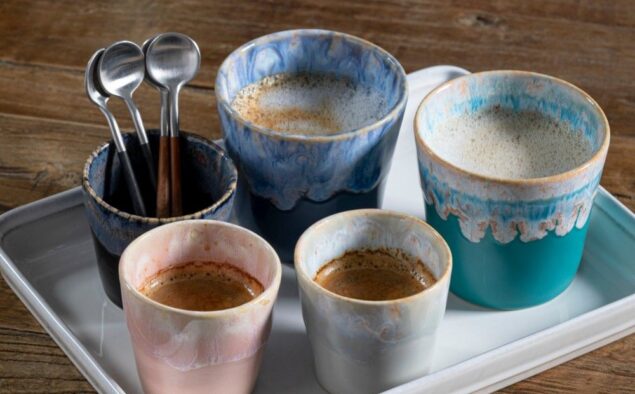

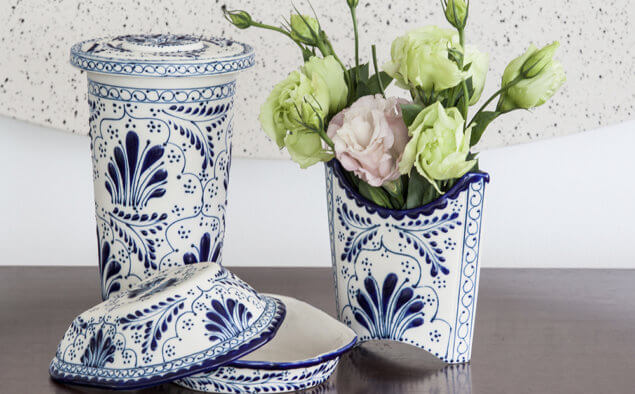

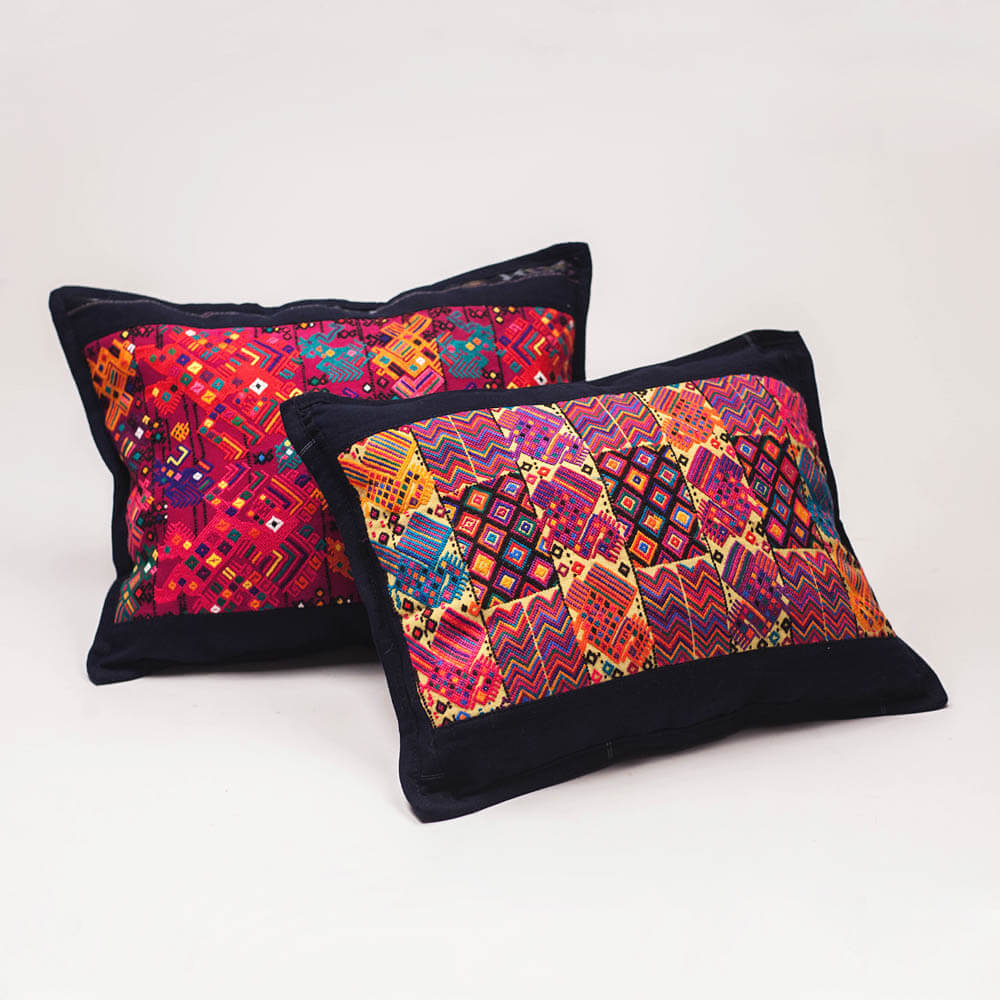
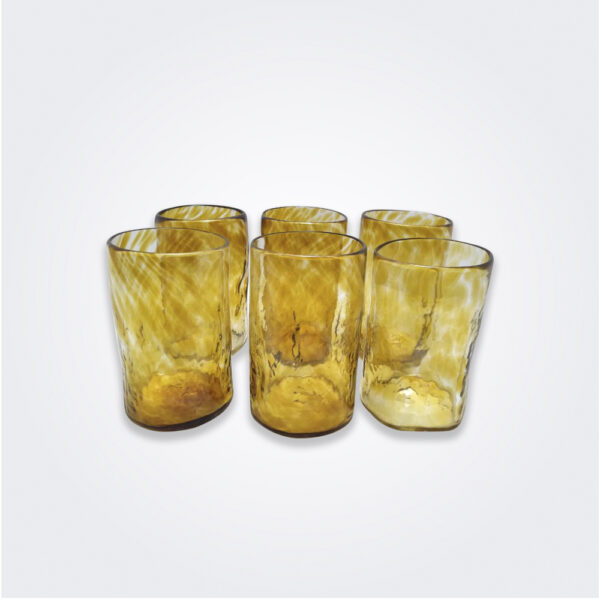

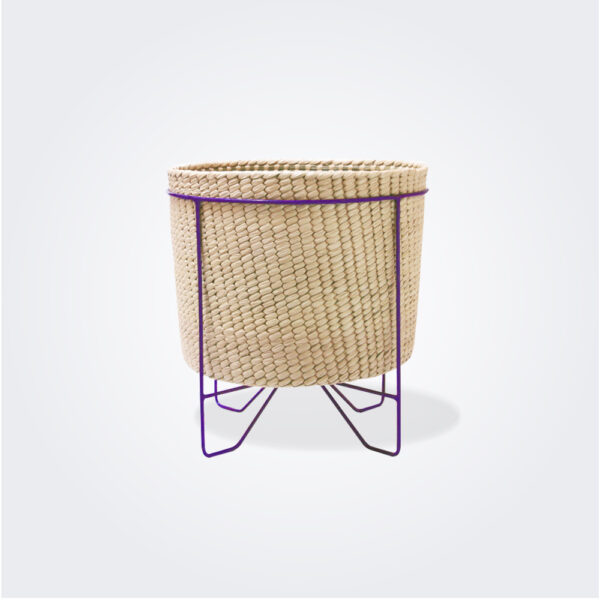
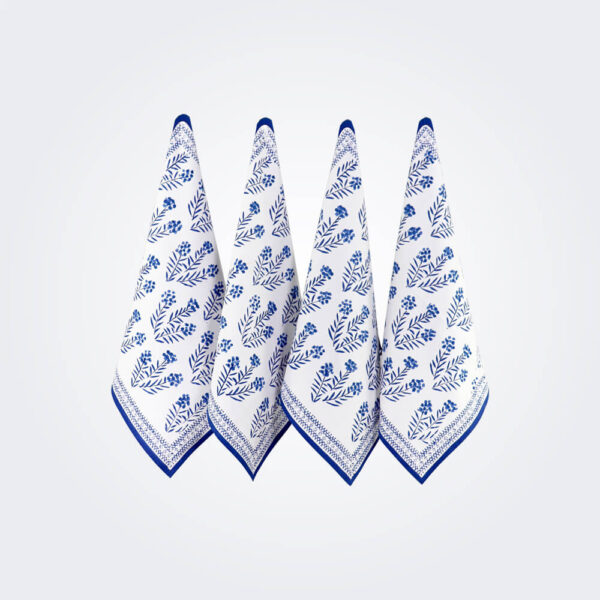
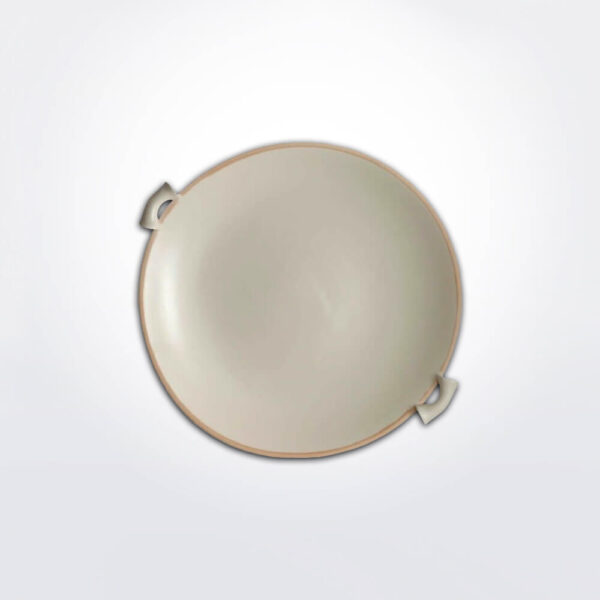
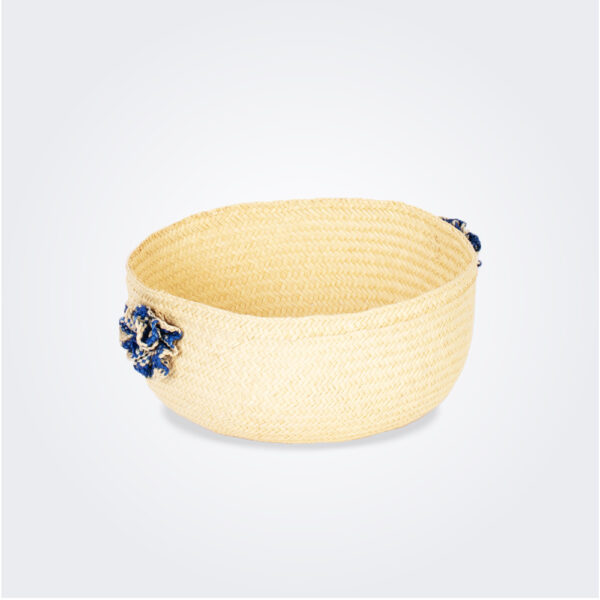
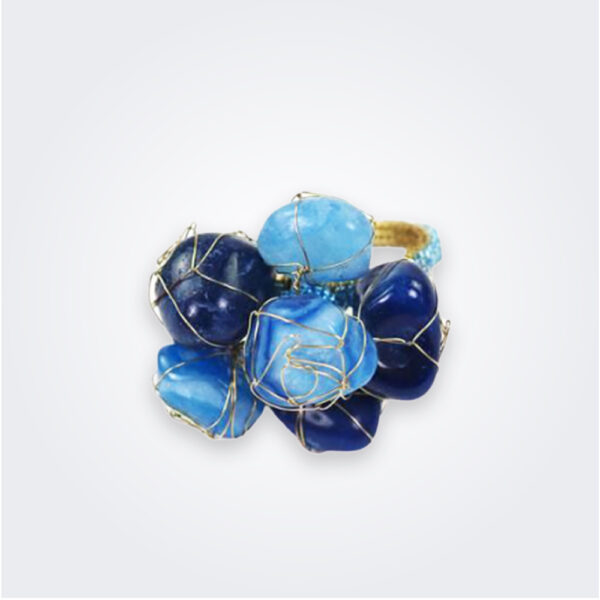
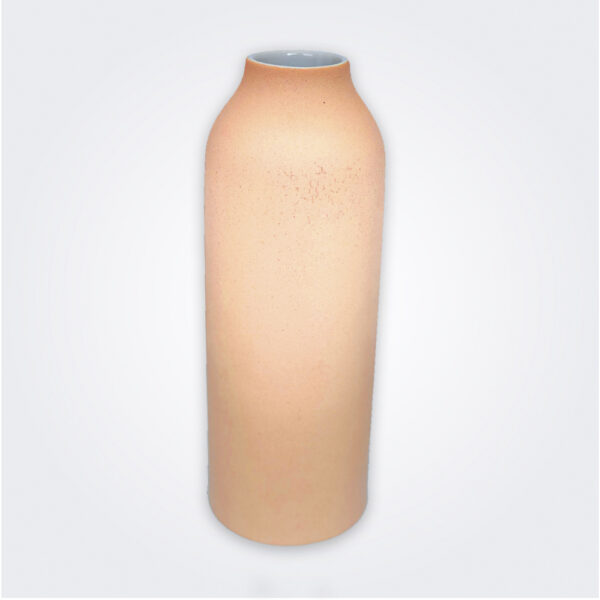
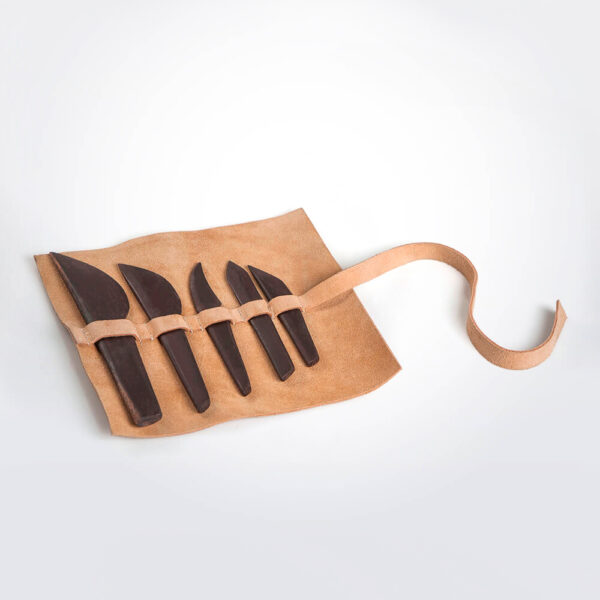
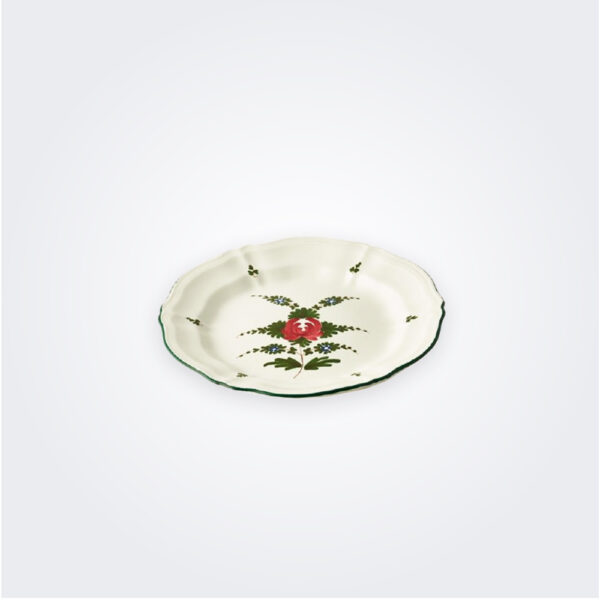
leave a comment